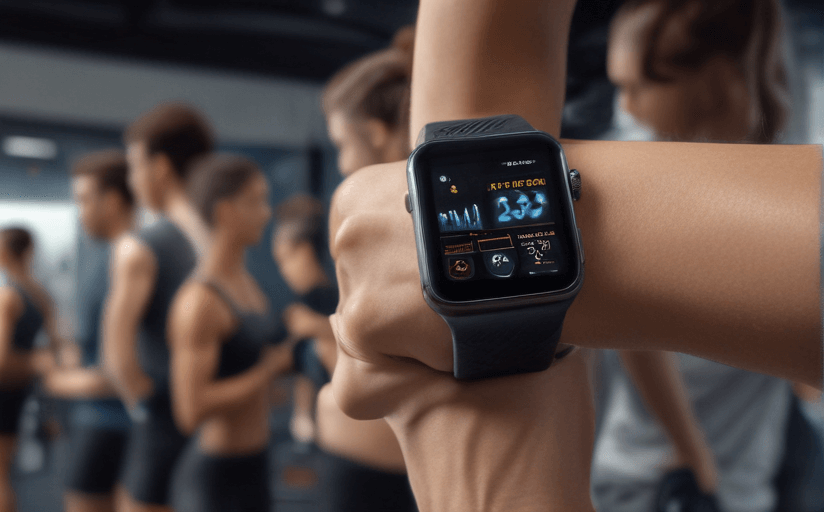Emerging Role of Technology in Sports and Fitness
Technology has become a significant component of modern life, affecting almost every aspect of human activity. Sports and fitness are not an exemption. From wearable fitness gadgets to sophisticated equipment designed to analyze performance, technology is revolutionizing the sports and fitness industry. This article explores the transformative impact of technology on sports and fitness, highlighting its role in driving advancements in the industry and how it affects health outcomes and athletic performance.
Wearable Monitors
Wearable fitness devices, such as Fitbit and Apple Watch, are now common with athletes and fitness enthusiasts. These devices track and store a variety of health-related data, including heart rate, calorie expenditure, sleep quality, and daily physical activity. They enable users to monitor their health and fitness levels, set goals, and track their progress over time.
Virtual Reality
Virtual Reality (VR) is another technological advancement that is changing the sports and fitness landscape. Virtuix's Omni treadmill, for instance, allows users to walk, run, and jump in 360 degrees in virtual environments, enhancing their gaming and fitness experiences. Additionally, VR offers a safe environment for athletes to practice their techniques and strategies without the risk of physical injuries.
Equipment Technology
In the realm of equipment technology, innovations such as smart shoes and advanced fitness machines are instrumental in enhancing workout routines. Smart shoes, such as those produced by Under Armour, have embedded sensors that monitor running metrics like cadence and stride length, enabling athletes to improve their running form and reduce the risk of injuries.
Data Analytics
Data analytics play an integral role in improving athletic performance by providing invaluable insights into the athletes' health and fitness. For instance, the player tracking system, SportVu, installed in all NBA arenas, tracks the movements of players during games, generating useful data that can help teams develop strategies.
Mobile Applications
From personalized training programs to diet tracking and sleep monitoring, mobile applications now cater to a broad range of wellness and fitness needs. Apps like MyFitnessPal and Strava provide users with personalized workout plans, nutrition tracking, real-time performance analysis, and community support, enhancing their overall fitness journey.
Future of Technology in Sports and Fitness
As technology continues to evolve, so too will its integration into the sports and fitness industry. Potential future developments may include the growth of VR in injury rehabilitation, AI-powered coaching, and genetic testing for personalized fitness plans. Notably, the adoption of these technologies will depend on factors such as cost, accessibility, user-friendliness, and proof of their efficacy and safety, all of which would influence their acceptance among athletes and fitness enthusiasts.
However, along with its benefits, technology may also bring negative implications. These include over-reliance on tech devices for wellness, potential risks to data security and privacy, and the possible negative health effects of prolonged exposure to certain devices. It's essential for athletes and fitness enthusiasts to use technology judiciously, ensuring it aids rather than hinders their progress.
Overall, technology is indeed an exciting frontier in the sports and fitness world. It's shaping the industry in incredible ways and will continue to push boundaries, transform lives, and redefine what's possible for athletes and fitness enthusiasts in the years to come.















Comments
Leave a Comment